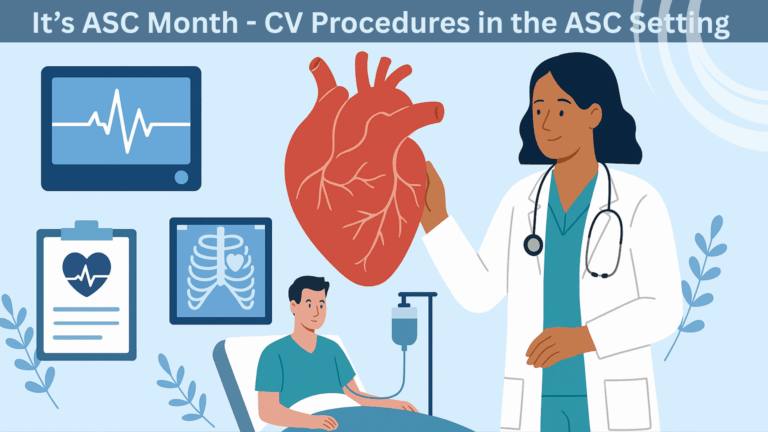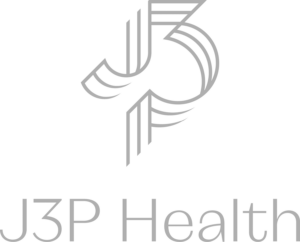In our ever-challenging industry, hospitals across the country have begun to enhance their capabilities in the cath lab by augmenting like-volume procedures. Typically, cardiac procedures such as diagnostic catheterizations and coronary intervention (i.e., PCI) have ruled lab utilization, but due to declining inpatient volume trends, technology advances, and focus on more complex procedures such as structural heart, Corazon has seen stagnant volume. In order to stay productive, cath labs should look beyond PCI into the untapped market of peripheral vascular.
The Clinical Case
Peripheral vascular, specifically peripheral artery disease (PAD) is a natural progression as the similarities to coronary artery disease (CAD) are strikingly similar. In fact, the correlation is so strong that the proportion of vascular patients with coronary artery disease and/or cardiovascular disease = 63%! Other extraordinary facts include:
-
- Approximately 50% of patients with peripheral arterial disease (PAD) are asymptomatic1
- Lower extremity peripheral arterial disease (PAD) affects approximately 10% of the American population, with 30% to 40% of these patients presenting with claudication symptoms. The prevalence of PAD increases with age and the number of vascular risk factors such as smoking, diabetes, hypertension1
- Studies have shown that if a patient has CAD, there is a 20% chance of accompanying PAD. However, in the case of PAD, there is an 80% chance of CAD3
The Business Case
- National ratio of vascular to cardiac procedures is 1.2:12
- Vascular services offer the highest global hospital margin to FTE of all specialty service lines4
- Minimal capital investment is required, particularly if the existing imaging equipment in the cath lab is adequate
- The majority of peripheral arterial procedures are outpatient = ~80% nationally
- Hospital outpatient contribution margin per case for a peripheral vascular intervention with stent = ~$2,000
- Specialists in Interventional Cardiology, Interventional Radiology, and Vascular Surgery are trained to perform peripheral vascular procedures.
Peripheral vascular has been, and continues to be, an untapped and under-diagnosed market. Even as long as 20 years ago, Corazon referred to vascular as “the diamond in the rough” due to the great volume and revenue potential that exists, again without much capital investment in the instance of a well-equipped lab.
Have you identified the opportunity in your hospital? If so, what has been your experience with ramping-up to the potential that exists? If not, what can Corazon do to help identify the opportunity in your market?
Additional Resources:
Store
Sources:
- https://www.ncbi.nlm.nih.gov/pmc/articles/PMC2733014/#:~:text=Lower%20extremity%20peripheral%20arterial%20disease,number%20of%20vascular%20risk%20factors.
- HCUP Nationwide Inpatient Sample (NIS), Agency for Healthcare Research and Quality (AHRQ); CDC Division for Heart Disease & Stroke Prevention
- Biomedix

 company
company 
 (412) 364-8200
(412) 364-8200



























